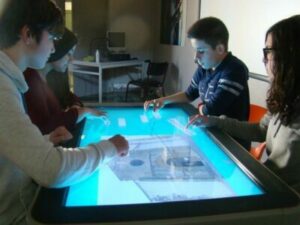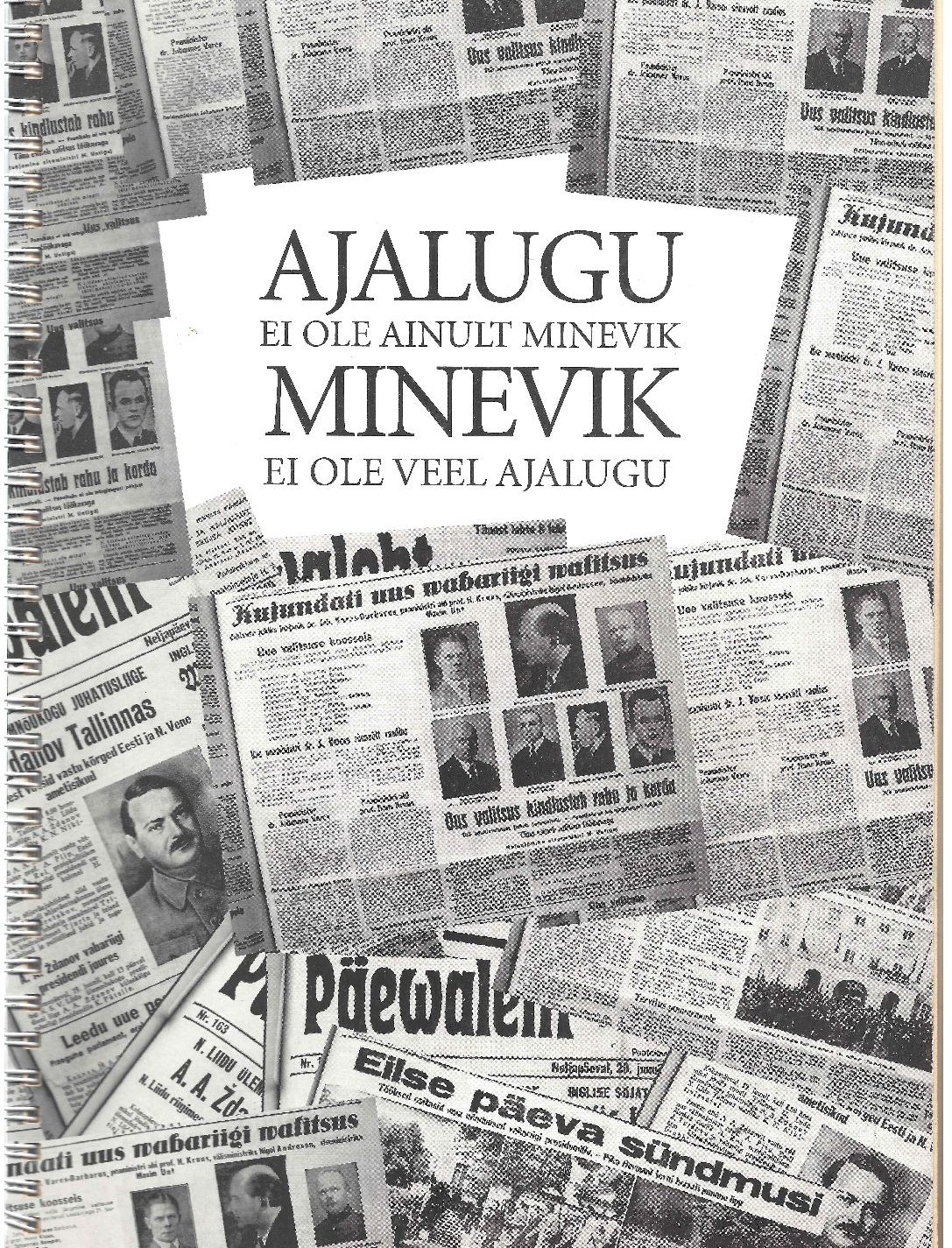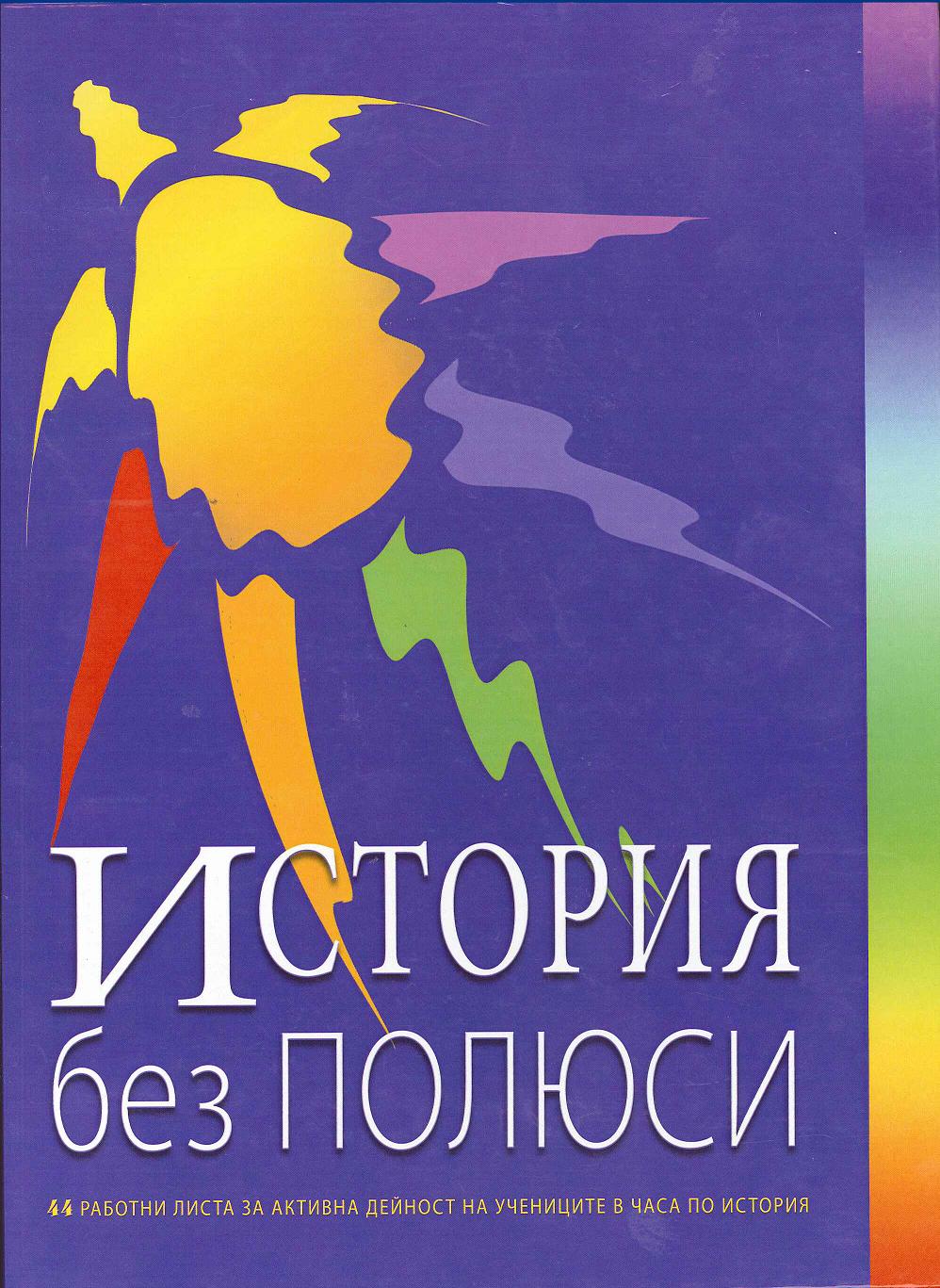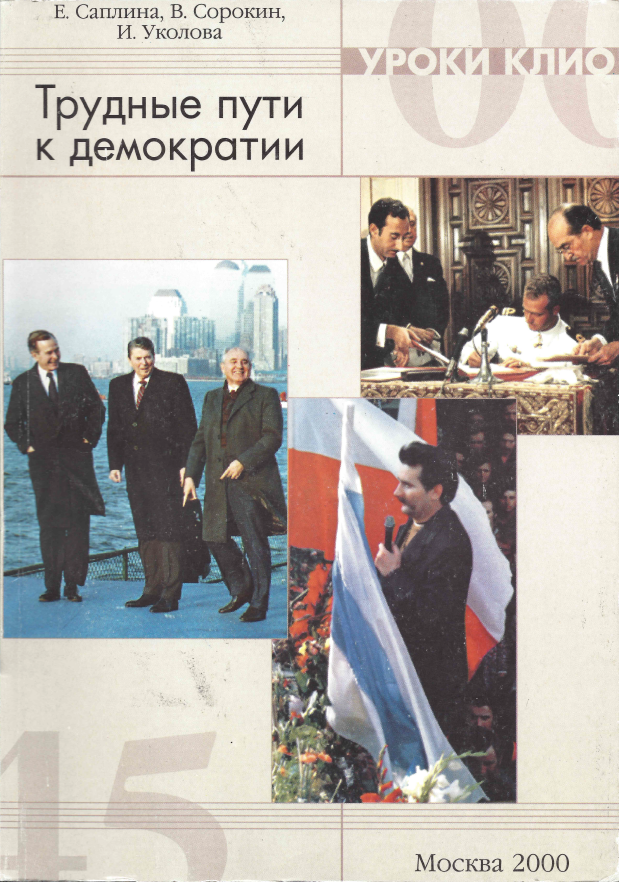Nowadays, teachers willing to provide inclusive and accessible history and citizenship education have an important ally: Information and Communication Technologies. Thanks to the use of online learning environments, in fact, teachers can prepare lessons and, even, provide tasks to their students. In her school, Ana Batalha started to use ICT equipment to provide her students with differentiated tasks, varying in their complexity degree, ensuring in this way the inclusiveness of her lessons. Such strategy proved to be particularly beneficial for working with students with special educational needs (learning difficulties, attention and concentration difficulties, dyslexia, etc.) and students with lack of motivation, sometimes associated with behaviour problems.
The Practice
The practice is based on the use of digital learning platforms that allow the simultaneous connection and work of more devices. Therefore, it is a practice suitable for use in all those classrooms who are equipped with a projector or a digital whiteboard. In the school where Ana Batalha implemented the practice, the software used was either Classflow or Kahoot (more information about the softwares can be retrieved in the section “additional information”).
The reason why such platforms are used is that they allow to create lesson plans, learning activities, tasks and tests, thanks to the availability of written testimonies, photographies, films, maps, or other primary and secondary sources. What is most profitable, is that they provide the possibility to create various tasks with various difficulty degrees.
The differentiation of tasks is extremely important when it comes with students with special education needs, who can develop, in this way, knowledge in an interactive way that plays on their strengths and interests.
Most of such platforms give also the possibility, to students, to receive immediate feedback on their work. This is extremely useful because it helps students to understand which are the notions that have not been internalized, and to immediately intervene in such sense.
A typical lesson, for students aged 12-15, implementing this practice is developed as follows:
- Frontal presentation of the content of the lesson. During this step, the teacher provides information to students, usually with the help of photographies, documents or videos shown on the interactive whiteboard (or projected in the classroom).
- Debate within the classroom. During this phase, of high importance, the teacher asks students what they understood about the topic, and how they would describe the topic to others.
- Detailed description of the sources used. The teachers go back to the sources shown during step one, and explains to the students the relation between the specific source and the topic of the lesson. Students are encouraged to ask questions and to express their opinion.
- Synthesis. Just during this phase, students turn to their own devices (either computers, if the lesson is taking place in a computer room, or tablets or phones), and are asked to summarise the lesson, using pictures and other sources they might find on the selected digital learning platform. It is in this phase that differentiation takes place: students with special education needs are asked to provide a schematic summary of the topic, whereas other students are asked to write a few paragraphs.
- Assessment. In this part, students are asked to complete a worksheet with exercises with various degrees of difficulty, in order to consolidate the information received during the lesson.
Obstacles and lessons learned
It might be difficult, for teachers, to identify those students who might require differentiated exercises, and to design for them exercises that are challenging and motivating. In order to overcome this obstacle, it is necessary that teachers work in partnership with school psychological services and with teachers specialized in specific learner needs. In Ms. Batalha’s school, at the beginning of every school year diagnostic evaluations were carried out, providing an additional indication of where it was necessary to intervene with differentiated tasks, and how to do so.
One of the obstacles that a teacher might encounter in the implementation of this practice is the fact that parents might have doubts on the effectiveness and neutrality of students assessment on the basis of tasks performed with digital tools. To prevent this from happening, teachers should keep the parents informed with updated results for each assessment. A method for doing so could be to create PDF documents with the task conducted, and the subsequent evaluation. Furthermore, some digital learning platform might even provide the possibility to create a link that parents can use to keep track of their children’s results.

The effect of the practice
Every time this software is used, students become more focused on the presented activities. This is a great tool for students with special needs and for students who, inside the classroom, are more active, because the kind of tasks that they have to perform makes them become much more involved and motivated.
Furthermore, providing students with tasks tailored for their abilities allows all of them to perform the task successfully and, what is most important, without feeling discriminated. The anonymity granted by the use of ICTs is extremely important in this sense, specially taking into account that students might be self conscious of their learning difficulties, and try to hide them if openly asked about them.
About the interviewee
Ana Batalha is a History teacher, project manager and trainer. Contact information: anabatalha@atb23.net
Background to the project
The project moves from the need to reduce the gap between the use of digital technologies and instruments inside and outside school and the need to be creative, innovative and motivating by using digital tools and strategies that incorporated ICT technologies. Furthermore, it was also inspired by another initiative led by the Calouste Gulbenkian Foundation, called E.I.L. (Enhancing and Improving Learning). It was firstly meant to address students with difficulties in Mathematics, lack of interest and the consequent low school results. The methodology that was used motivated students to learning and helped them to improve results in that subject.
Additional Information:
Support material
The school has produced, together with other countries, an intellectual output – a Notebook of good practices entitled “ICT in Education. A Good Practice Notebook”, which is the result of an Erasmus + project, called “21st Century European Classroom: meeting the challenge of the digital era with Innovation and Creativity”.
The Calouste Gulbenkian Foundation, the external partner in the project, monitored and assessed the whole process. The results of the project are all gathered in the following website: notebook future classroom lab K2 project.pdf http://atb23saladofuturo.weebly.com/
More info
More information about the project can be found at https://www.up2europe.eu/european/projects/21st-century-european-classrooms-meeting-the-challenge-of-the-digital-era-with-innovation-and-creativity_106432.html
The software
The software used by Ms. Batalha is Classflow, by Promethean Limited, an interactive lesson delivery system that provides the collaborative use of classroom devices for interactive touchboards. In alternative, the Kahoot software might be used. Other digital learning platform for the delivery of interactive lessons are available online.
Written by Cristina Amaral (Montemor-o-Velho School Cluster) based on an interview with Ana Batalha (Atouguia da Baleia School Cluster, Portugal) on 17 July 2017. The interview was conducted by Manuela Carvalho.





